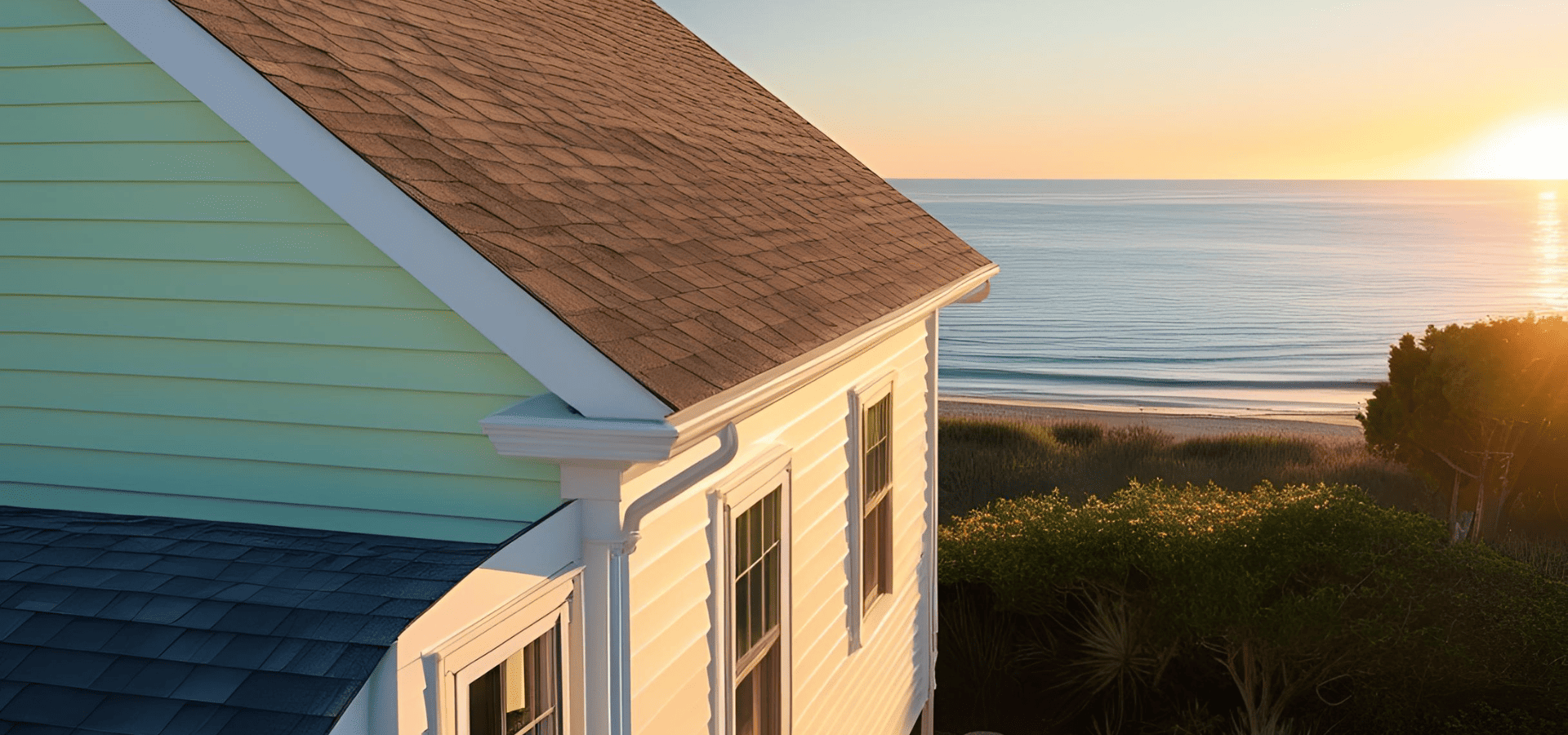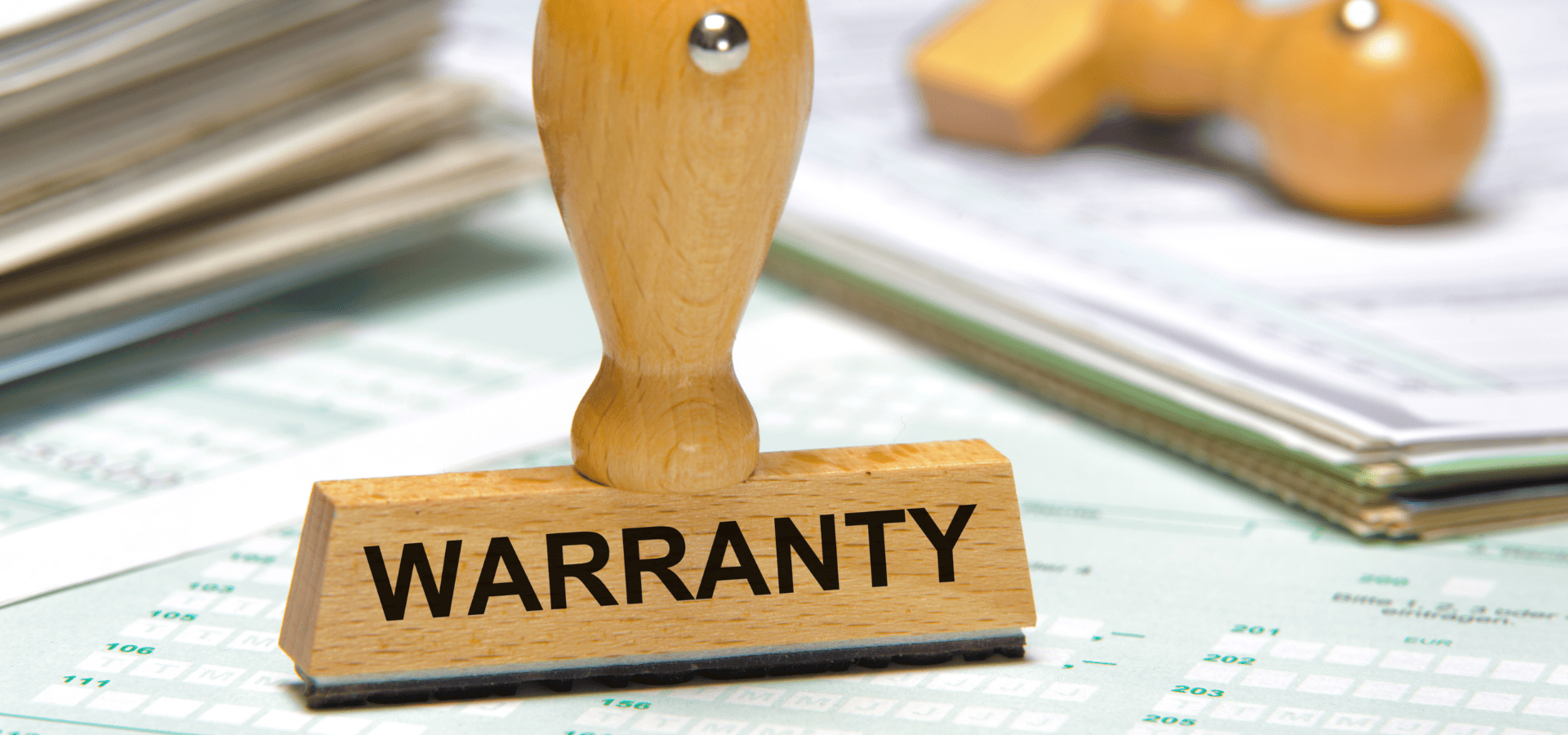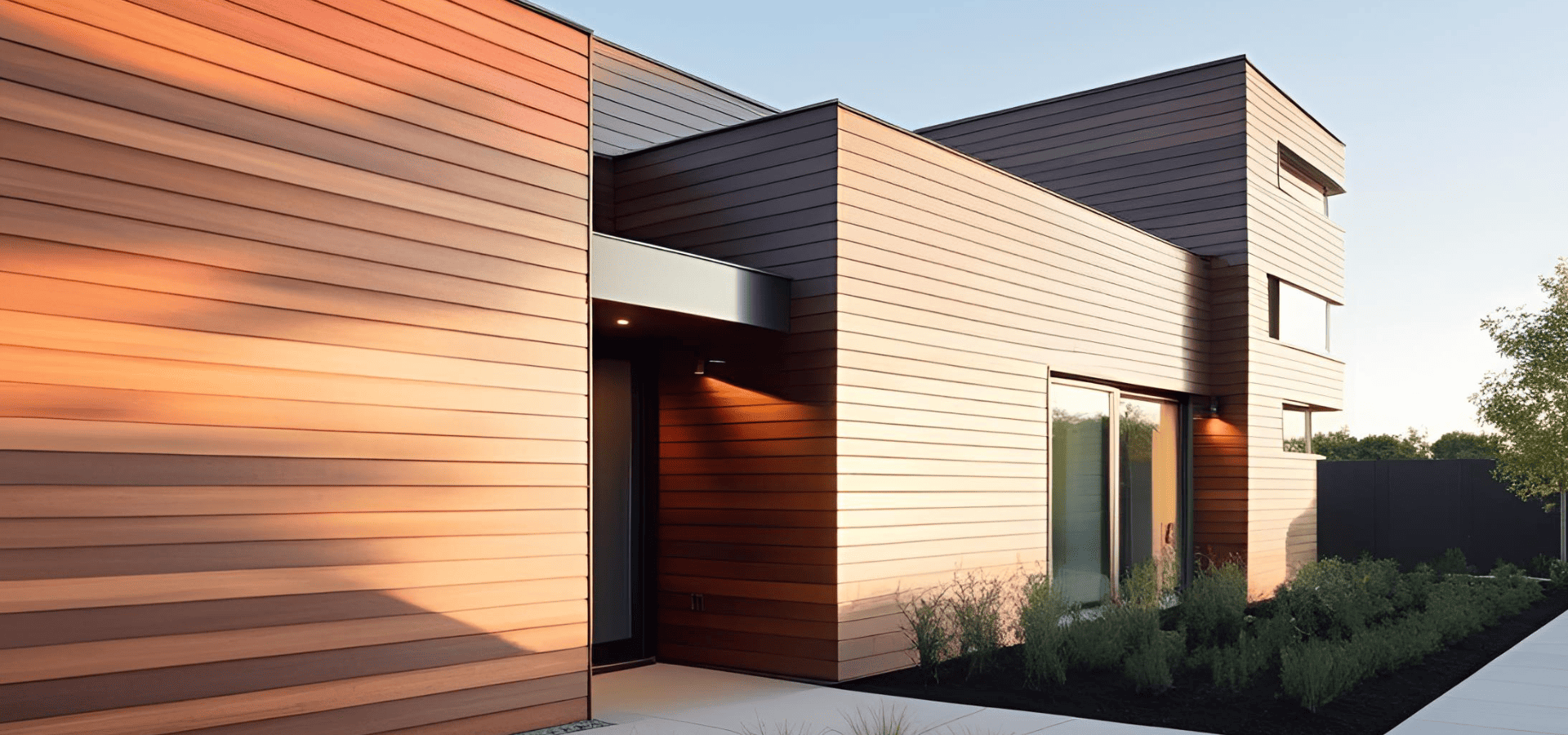How To Spot Bad Siding Installation
When it comes to siding, something that's often taken for granted is proper installation.
And that's not wrong given that most homes’ siding projects are done well.
However, proper installation is actually just as important as the choice of your siding material.
While your siding may be the one absorbing impacts, blocking out sunlight, and insulating your home, without proper installation, i.e. sealing up the gaps, leaving proper clearances, and so on, moisture will still penetrate, heat can pass through easily, and your siding can even warp or buckle.
So a lot of times, when you're facing issues with your exterior, it can be attributed to poor installation, which leaves your home vulnerable to serious damage, regardless of the quality or material of your siding.
That's why it's of the utmost importance that installation is done right from the get-go, so that you don't leave your home and siding vulnerable to severe damages and issues or hinder your siding’s effectiveness.
With that said, here's how to tell if your siding installation has been carried out improperly or poorly by your contractor, or perhaps even yourself.
What Proper Installation Entails
First off, it's important to know what proper installation means and what it looks like.
This will make it easier to spot any obvious installation mistakes.
1. Preparation
Before you even shift your focus over to your siding, you need to ensure that there's a layer of house wrap underneath that prevents any water that may have gotten through your siding from reaching your walls.
While not strictly necessary, it's highly recommended to have a layer of house wrap, because water can sometimes get behind your siding, even if it's been installed perfectly.
As such, to keep the risk of moisture damage to a minimum, house wrap is an essential additional layer of defense.
2. Secure Installation
Once you've checked the house wrap, the next thing to check for is secure installation.
This means no loose panels, and depending on your climate and the strength of the winds and storms, there may need to be more fasteners or stronger ones.
3. Clearances
You can't just install all your siding tightly together though. Leaving the appropriate clearances is just is key to allow your siding space to expand and contract, as well as for ventilation to lower the chances of moisture damage.
If installed without ample space for expansion and contraction, there’s a very high chance of your siding warping or buckling, particularly if your area has intense temperature swings.
Leaving ample space between your siding and the underlying layer, and above the ground, is also key to good ventilation and preventing water from the ground from wicking into the siding.
4. Alignment
Obviously, if there are slanted pieces that look out of place, then your siding wasn’t installed very well. But it isn’t just aesthetics.
Besides looking really unsightly, misaligned siding can also lead to physical damage, as water can accumulate in uneven gaps. These gaps can also allow pests through, causing pest infestations.
Furthermore, these gaps allow heat through, compromising your energy insulation layer and reducing your energy efficiency, leading to increased energy bills.
5. Waterproofing

Finally, besides just the house wrap, any gaps need to be sealed up with caulking or some other type of sealant, and check that there’s flashing installed to direct water away from vulnerable areas.
Flashing, sealants, and your house wrap all work together to keep your exterior waterproof and safe from moisture damage.
Signs Of Bad Siding Installation
Now that you know what good siding installation looks like, let’s talk about how to spot poor or improper installation.
We’re not going to do the obvious and just state the opposite of each of the elements of proper installation, i.e. lack of house wrap, alignment, etc etc.
Instead, here are 5 more signs that are less straightforward, but important to know.
1. Higher Utility Bills
A less obvious but strong sign is that there's a sudden spike or increase in your energy bills.
The reason for this is that improper installation leaves gaps, which allow heat to easily pass through.
Your siding isn't actually the most important part of your insulation, as the bulk of the insulation will fall to the insulation layer in your walls. This would be the rigid foam insulation, fiberglass, or some other similar material.
Nevertheless, it does have its part to play, which is to keep both cold air and heat out. Even the best insulating materials won't be able to keep your home insulated if there are gaps that allow heat energy to easily bypass them.
Studies suggest that improperly installed siding can increase your energy bills by anywhere from 5-20%, so if you see a spike or increase in energy bills in that range, that could be a sign that your siding has gaps due to poor installation.
You can also observe your HVAC systems. These gaps allow heat and cold to pass through, so your HVAC systems have to work harder to maintain the temperature.
So if you see your HVAC systems working longer or harder, that's also a sign of improper installation.
Lastly, if you notice any indoor drafts that previously didn't occur, that probably means that the cold is getting past your siding into your home.
2. Warping/Buckling
Warping or buckling is another very strong signal that your siding was not installed well.
Warping or buckling occurs when heat causes your siding to expand, it doesn't have enough space to do so, which causes it to bend or buckle.
Earlier, we mentioned that any gaps should be sealed up, but there's actually a slight caveat to that.
Any unintentional gaps, eg between your windows and your siding, between your doors and your siding, at the corners, or at vents, should be sealed up.
However, there are actually intentional gaps between siding panels, depending on your material, that need to be in place to allow your siding room to expand.
These gaps are very small, so they'll allow very minimal water and energy through. Even if a little water gets through, there should be ventilation between the siding and the walls as well as your house wrap to prevent moisture damage.
There also needs to be clearances between your siding and the walls.
These clearances are essential for your siding to be able to expand without warping or buckling.
So if you see warping or buckling, you can likely assume that it's due to your siding not being installed with the proper clearances.
3. Rusty Nails

Metal nails are a key part of siding installation–rust is not.
While your nails may be metal, they still shouldn't be rusting or corroding, at least not within the first 40 years or so, with high-quality steel nails usually lasting even longer.
This length of time is usually about the same as the lifespan of siding options that require nails to install, eg vinyl, fiber cement, and metal, so it's usually enough.
As such, if you notice rust streaks on your siding or the nails’ heads turn rusty within that length of time, chances are, your contractor didn't use high-quality corrosion-resistant nails like they should have.
And if your contractor is using low-quality nails, there's a good chance that they did the same with the rest of the products, including the coating and perhaps even the siding itself.
Considering that your contractor used low-quality products, they clearly don't care about the quality of the final product, so don't be surprised if the installation work itself is shoddily done too.
In short, while rusty nails may not necessarily mean the overall installation was poorly done, it's a clear sign that your contractor doesn't care about doing a good job and may have performed the installation shoddily.
4. Moisture Damage
If you're seeing mold, mildew, or even rotting, those are all signs of improper installation.
Proper installation entails sealing up gaps and applying the proper finishes and coatings, which should help keep water out of even porous materials like wood.
When this isn't done properly, moisture can get into or past your siding through the gaps or even through your siding if it's porous, allowing mold or mildew to form or causing rotting, either on or behind your siding, which can cause serious damage.
Certain materials like wood are indeed less durable and more prone to moisture damage. However, that's exactly where proper installation comes in.
With the necessary coatings, even wood can resist moisture damage very well.
And if it's materials like vinyl that are non-porous, moisture damage should be even less of an issue.
So either way, whether your siding material is prone to moisture damage or not, with proper installation, that shouldn't be an issue.
In summary, if you're seeing moisture damage of any sort, especially behind your siding, there's a chance that your siding wasn't installed properly.
Moisture damage can also be caused by other issues like poor drainage or missing flashing, but your siding should definitely be one of the first places to check when you see moisture damage.
Final Tips

If your siding was poorly or improperly installed, you’re probably worried and wondering what you can do about it.
The first thing to do is of course to contact your contractor. All contractors should offer a 1-year or 2-year warranty covering the quality of their workmanship, so if it was poorly installed, it's their responsibility to come back and do a proper job.
Not all contractors are honest though, and they may try to shirk responsibility, so you need to make a convincing case. Take clear, well-lit photos of the problem areas, and document the issues they’ve caused, such as the increased utility bills or the date when the damages started.
It’s also a good idea to keep records of your communications so that you can hold them accountable to their words or anything they’ve said or promised you.
In the event that your contractor still refuses to honor their warranty and fix your siding, or worse, they’re completely uncontactable or have gone MIA, you can consider legal action.
That said, it’s only worth pursuing legal action if you have strong documentation showing that the contractor deviated from industry standards or manufacturer guidelines and that this poor workmanship led to damage. It’s always best to consult with a legal professional to assess the merits of your case and see if you’re likely to win the case.
If you have insurance, it usually covers sudden or accidental damage, so in the worst case where your contractor refuses to fix your siding, you could try to pass the damages off as accidental damage if it’s appropriate. Poor worksmanship is often not covered, so unfortunately, your policy is likely not going to cover that.
If all else fails and both legal action and insurance aren’t an option, the only thing left to do is to fix up your siding yourself or by hiring another contractor.
If your siding isn’t too complicated to repair or replace, you may want to DIY to save some money. But if your siding is more complicated to replace or install, it’s best to engage a professional who knows what they’re doing.
Otherwise, if you try to DIY, you might end up right back where you started–improperly installing your siding and requiring further repairs or replacement.
Needless to say, do your research and look for established, reputable companies like
Dallas Siding Pros.
A good contractor is well worth the investment as they’ll grant you peace of mind and deliver top-notch work, so don’t try to save on these necessary costs, or you might end up ultimately spending even more on repairs and replacement.
You might also like



